These are singular places, enchanting, that manage to leave an indelible mark in the minds of those who visit. A true world unto itself where red velvet mingles with sparkling chandeliers, where prestige blends with intimacy, and where one comes to applaud a multitude of arts performed in sumptuous settings, cabarets are as fascinating as they are intriguing. “I like to think of them as a jewel box where you place your most precious gems ,” shares Kathleen Tamisier, sociologist, author, and former Crazy Girl(1). The Moulin Rouge, the Paradis Latin, the Crazy Horse, as well as the Nouvelle Eve or the César Palace… The names of the greatest Parisian cabarets are known to all and resonate internationally as the epicenters of celebration, nightlife, and more.
"French elegance."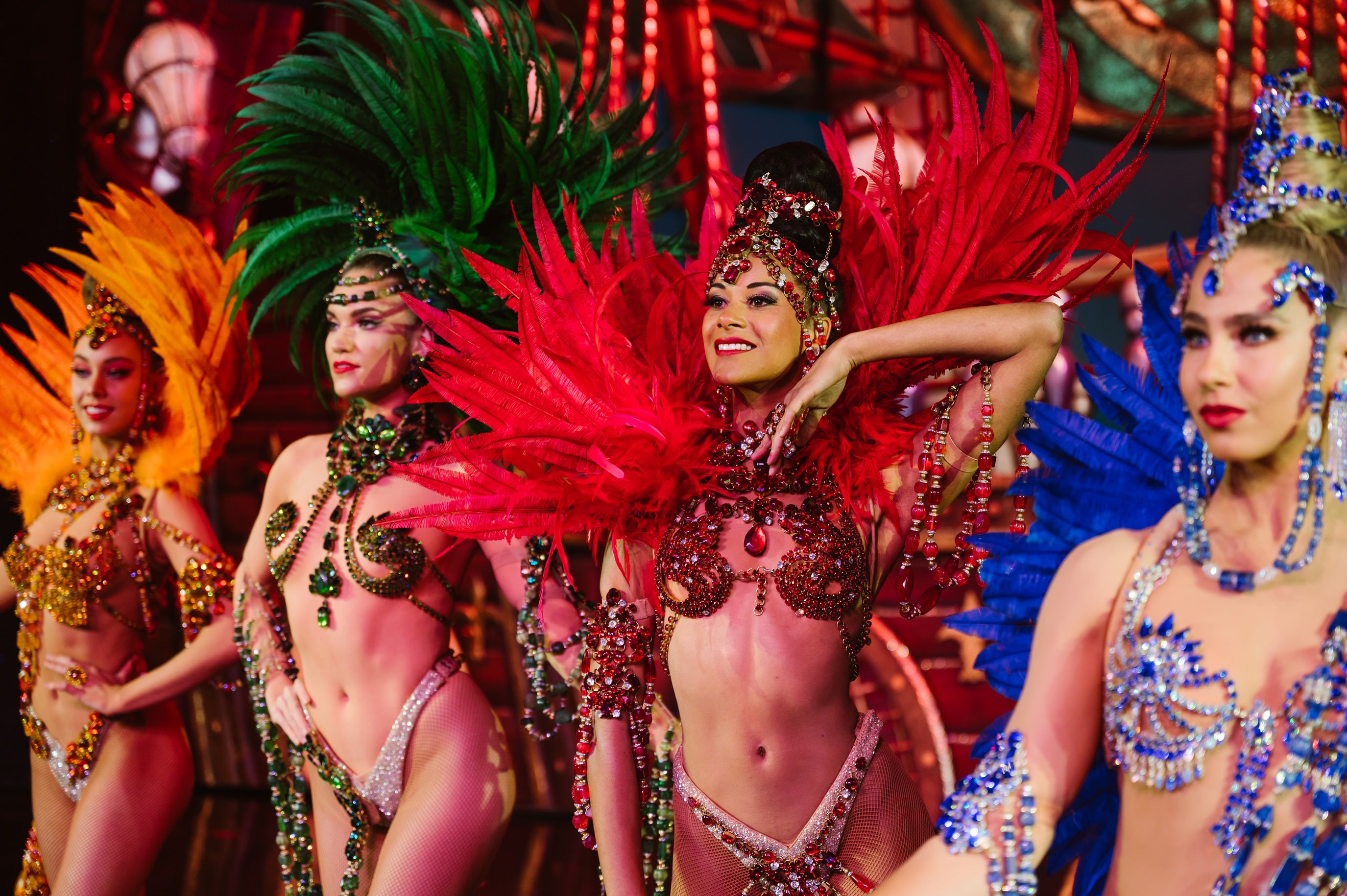
©Sandie Bertrand/Moulin Rouge
Every year, French cabarets attract over 2.6 million(2) audience members. But behind this sparkle lies a more complex reality. In 2022, the Accor group announced the closure of the iconic Lido. In June 2024, the cabaret Chez Michou(3) , which had been a staple of Pigalle nights since 1956, was forced to close its doors. Yet, the interest in the world of musical entertainment seems stronger than ever in the capital. To keep raising the curtain every night and maintain their prestigious image, cabarets are implementing numerous strategies and working daily to reinvent their acts.pectacle and their offer.
The cabaret, a world of a thousand and one lives
While the common imagination paints cabaret as a place where artistic performances unfold, it hasn’t always been this way. The meaning of the term "cabaret" has greatly evolved over the years. In the Middle Ages, it referred to a drinking establishment, already embodying a social function and a warm atmosphere. It wasn’t until the 16th and 18th centuries that the world of drinks mingled with that of performances, giving rise to venues where artists, writers, and intellectuals gathered. Establishments like Procope, the Café de la Régence, and the Cabaret of Rue des Fossés preceded the iconic Parisian cabarets such as the Paradis Latin, founded in 1803 — the oldest Parisian cabaret still in operation — which was then rebuilt by Gustave Eiffel in 1889.after a fire, the Chat Noir in 1881, the Moulin Rouge in 1889, and later, the Crazy Horse brought to life by Alain Bernardin on George V Avenue, in 1951.
.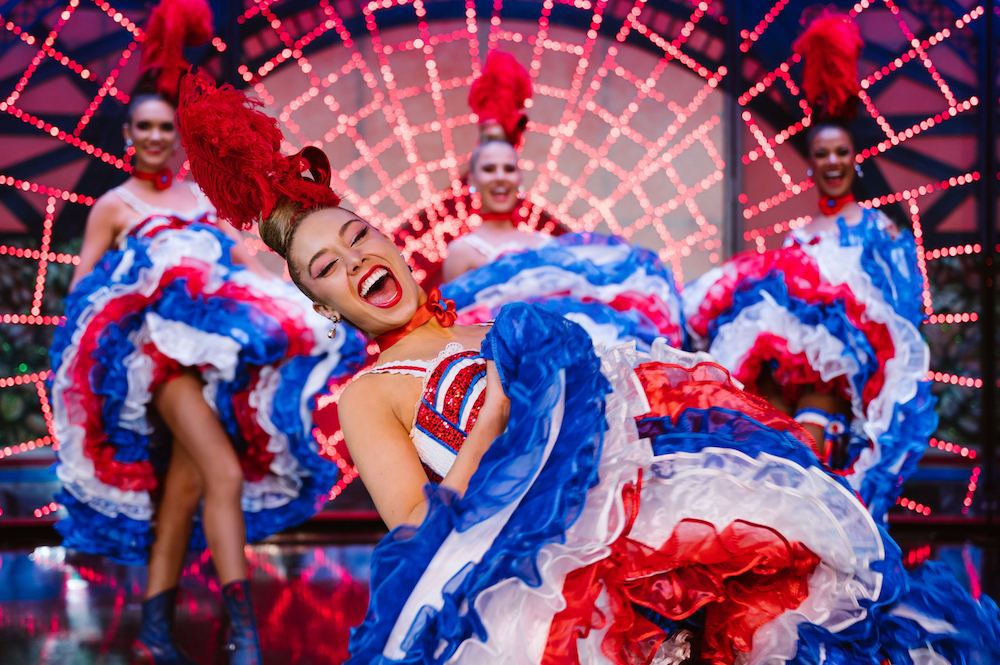
©Sandie Bertrand/Moulin Rouge
Although Paris is often mentioned as the epicenter of the entertainment world in France, the entire country is actually involved. Nationwide, there are around 260 cabarets, with just about thirty located in the capital. Near Bordeaux, L’Ange Bleu stands out as the largest French cabaret, boasting 1200 seats. In Kirrwiller, Alsace, Le Royal Palace can accommodate up to 1000 people. « In the regions, cabarets are sometimes the only performance venues and there is a genuine artistic creation », emphasizes Jean-Victor Clerico, managing director of the Moulin Rouge, which has just celebrated its 135 years.
Creating, reinventing, renewing… To thrive and continue to captivate audiences, the three major Parisian cabarets are clear: it’s essential to remain true to one’s roots while adding a touch of innovation. « We need to keep what people love to see at the Moulin Rouge, especially the French Cancan. Modernity is at the service of authenticity », explains Jean-Victor Clerico. « We rely on the foundations and originality of the venue created by Bernardin, while modernizing performances by incorporating, for instance, new technologies », adds Kathleen Tamisier. In the same vein, Paradis Latin called upon choreographer and director Kamel Ouali in 2019 to enhance the experience. ```e;er The Paradise Bird, a magazine that reinterprets the spirit of the cabaret in a modern way: “I drew inspiration from the history of the place by evoking Napoleon and Gustave Eiffel, he explains. Then, I wanted to use the codes of cabaret to transpose them to today’s energy, to my universe, and to everything that current events inspire me to explore, like ecology addressed in one of the scenes.”
.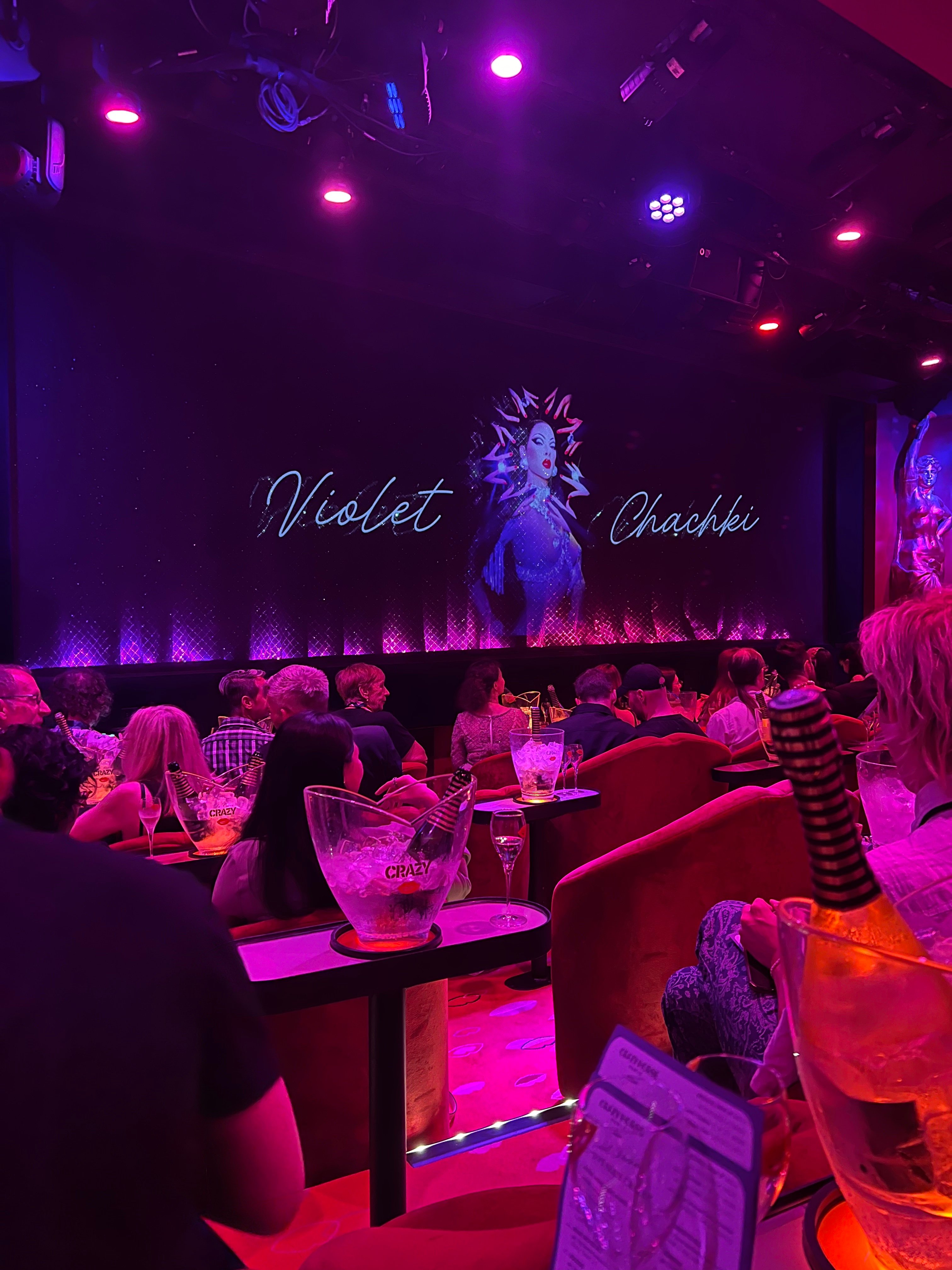
©Lucie Guerra/Le Bonbon
Without being in competition, the three institutions offer different shows that complement each other and are constantly evolving, catering to a clientele that is both from the Paris region and international. « You can go see several cabarets in a week, and each will be a totally different experience every time», claims Jean-Victor Clerico. More classic, the revue Féérie has been performed at the Moulin Rouge since 2000 and stands out as the quintessence of traditional cabaret, although it has gone through many changes in 24 years. On stage, about sixty dancers, impressive sets, and lavish feather costumes make up the four acts of this must-see show.
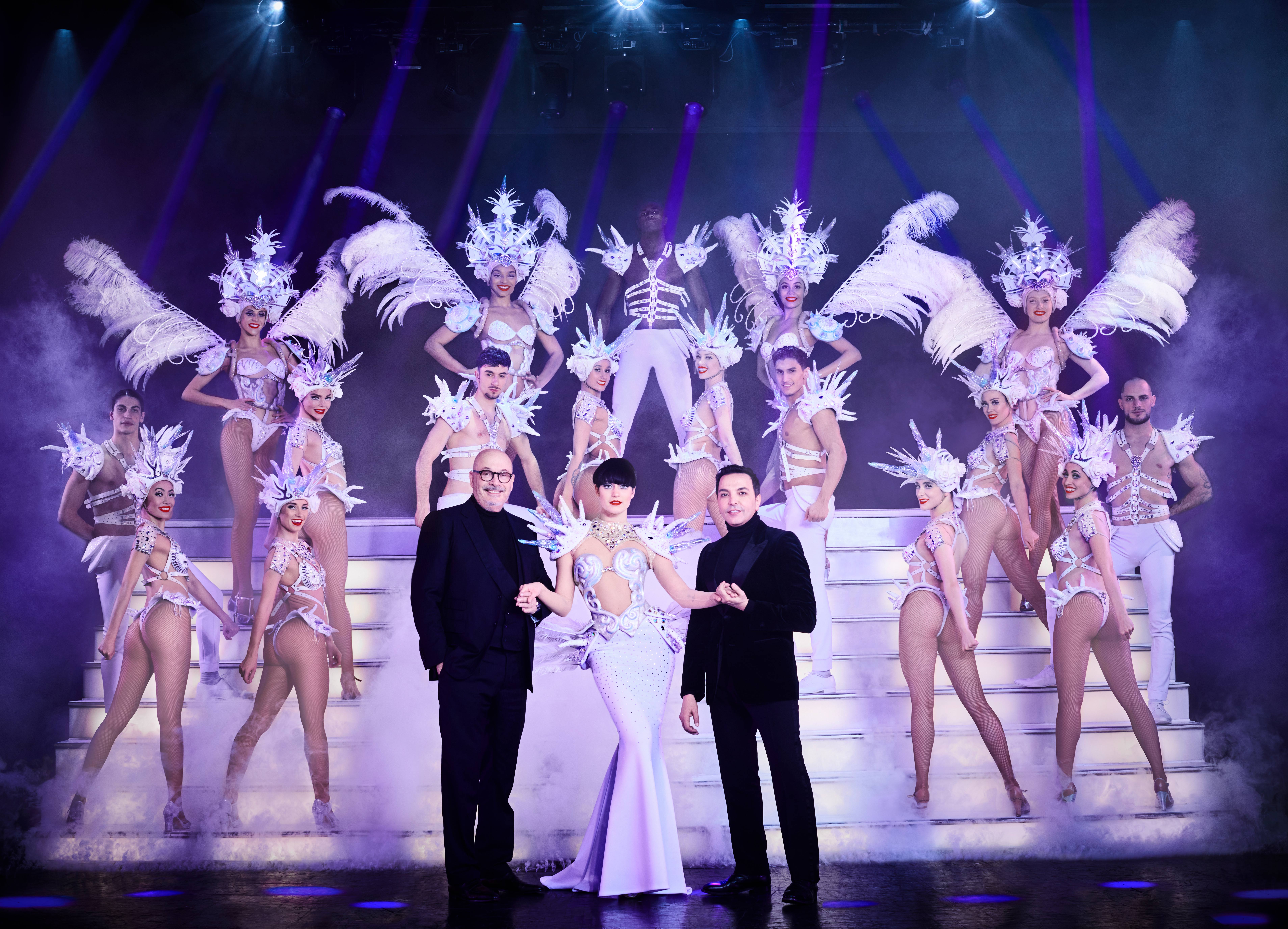
Walter Butler and Kamel Ouali, Paradis Latin ©Alix Malka
A Constantly Renewing Universe
Despite financial and artistic challenges that it faces, the world of cabaret is thriving. « In this rather uniform society, we need glamour, a reason to step out of our homes. Cabaret is an enchanted interlude, joyful, festive, and even a bit mischievous », shares Kathleen Tamisier. Always keeping a hint of their mystery, the Moulin Rouge, the Paradis Latin, and the Crazy Horse continue to fill their seats. « Cabaret today is in vogue because it is incredibly modern », claims Walter Butler.
At the same time, the capital sees the daily emergence of new cabarets,spectacles, and troupes bringing freshness to this unique discipline. “There is a renewed interest because it’s a boundless field. You can do whatever you want, humor, circus, it’s a very broad art,” explains Jean-Victor Clerico.
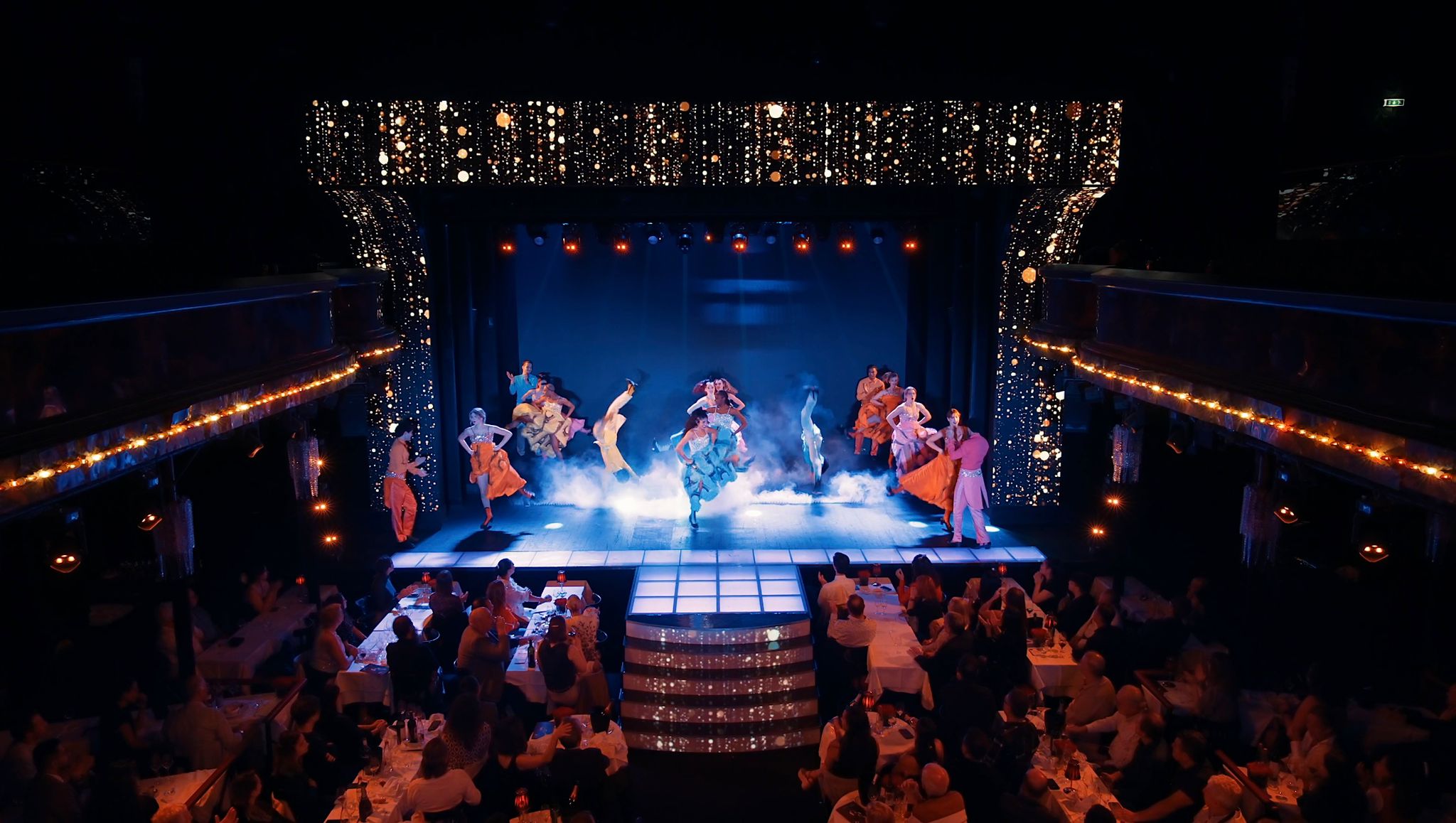
L'Oiseau Paradis ©Le Paradis Latin
Making it sustainable over time also means introducing new generations to it. Since 2022, the Paradis Latin has offered a second show, Mon Premier Cabaret, aimed at young audiences. « Child-friendly cabarets didn’t exist anywhere. It’s a family show where parents don’t get bored and kids have a blast », explains Kamel Ouali. Constantly capable of innovating, Parisian cabarets continually surprise and move their audiences. « It’s an extremely difficult task because it has to hold together without being a mishmash, otherwise the magic doesn’t happen», he adds. Luckily, this unique universe doesn’t...
is not about to take its final bow, according to the director: “The place where you feel the freest is undoubtedly in a cabaret”.(1) Nickname given to the dancers of the Crazy Horse
(2) Data from the Ministry of Culture
(3) The Lido has been transformed into a performance venue, and Gad Elmaleh bought Chez Michou in October 2024 To go further :
- The Crazy Horse, in the intimacy of a legendary cabaret, by Kathleen Tamisier, published by L’Aube
- We'll All Go to Heaven, by Walter Butler, published by Paradis Latin
- Cabaret, Cabarets, by Lionel Richard, published by L'Harmattan
![[ENQUÊTE]: Parisian Cabarets, the Secrets of Lasting Success dressing-room-sandie-bertrand-moulin-rouge](https://uploads.lebonbon.fr/source/2024/november/2069524/dressing-room-sandie-bertrand-moulin-rouge_1_2000.jpg)